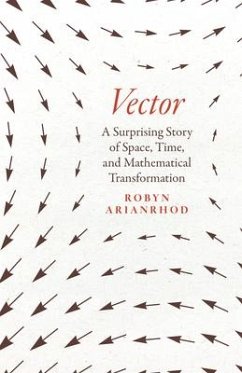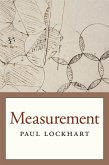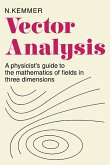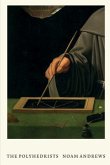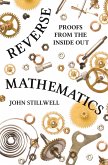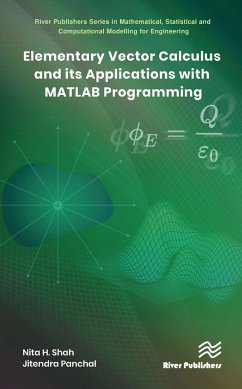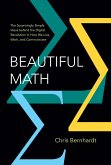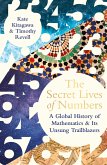"The stars of the latest book by award-winning science writer and mathematician Robyn Arianrhod are unlikely celebrities--vectors and tensors. If you took a high school physics course, the word "vector" might remind you of the mathematics needed to determine forces on an amusement park ride, say; or of cross products, a special kind of multiplication using a bespoke table and a right-hand rule. You might also remember the introductory definition of a vector as a quantity that has magnitude and (this is the key) direction. Velocity--for example, 25 miles per hour northwest--is a vector; speed, such as 25 miles per hour, is not. Put another way, a velocity vector in space contains not one number, but three-a measurement of speed along each of three dimensions. It sounds simple, in hindsight--yet, as Arianrhod shows in this intriguing story, the idea of a single symbol expressing several things at once is a sophisticated one, millennia in the making. Vectors are examples of an even more sophisticated idea, the tensor. And it's not just space that vectors and tensors can represent, but information, too. Which means that whenever you use a search engine, say, or AI bot, computer graphics, or a host of other digital applications, vectors and tensors are there somewhere in the software. As for physics, there's much more to it than velocities and simple forces! Arianrhod shows how the discovery of vectors and tensors enabled physicists and mathematicians to think brand new thoughts-such as Maxwell did when he ushered in the wireless electromagnetic age, and Einstein when he predicted the curving of four-dimensional space-time and the existence of gravitational waves. Quantum theory, too, makes fine use of these ideas. In other words, vectors and tensors have been critical not only to the way we see our universe, but also to the invention of Wi-Fi, GPS, micro-technology, and so much else that we take for granted today. In exploring the history and significance of vectors and tensors-and introducing the fascinating people who gave them to us--Arianrhod takes readers on an extraordinary, five-thousand-year journey through the human imagination. A celebration of an idea, Vector shows the genius required to imagine the world in new dimensions-and how a clever mathematical construct can direct the future of discovery"--
Bitte wählen Sie Ihr Anliegen aus.
Rechnungen
Retourenschein anfordern
Bestellstatus
Storno

